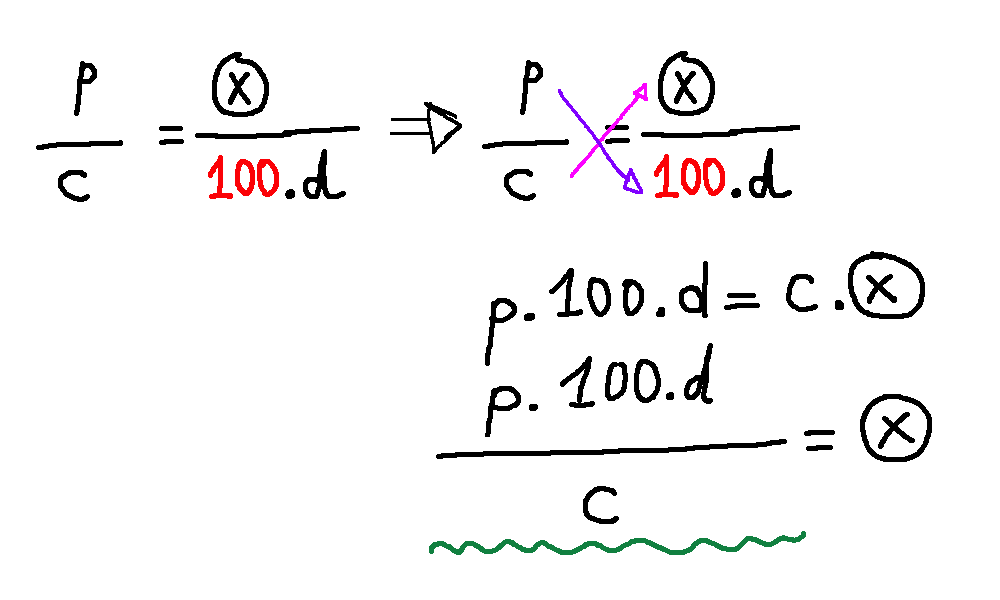Carcass wrote:
If p pencils cost
c cents at the same rate, how many pencils can be bought for
d dollars?
A) \(cdp\)
B) \(100 cdp\)
C) \(\frac{dp}{100c}\)
D) \(\frac{100cd}{p}\)
E) \(\frac{100 dp}{c}\)
A student asked me to solve this algebraically. So, here it goes:
p pencils cost c cents at the same rateSo, the COST PER PENCIL =
c/p CENTSASIDE: if you're not sure how to find price per pencil, you might first examine a few examples.
For example, if 3 pencils cost 6 cents, then the cost per pencil = 2 cents (notice that 6/3 = 2)
Likewise, if 4 pencils cost 20 cents, then the cost per pencil = 5 cents (notice that 20/4 = 5)
Likewise, if 7 pencils cost 63 cents, then the cost per pencil = 9 cents (notice that 63/7 = 9)
So, if p pencils cost c cents, then the cost per pencil =
c/p centsHow many pencils can be bought for d dollars?Our price per pencils is in CENTS
So, we must convert d dollars to CENTS.
Well, d dollars =
100d CENTSASIDE: Once again, if you're not sure how to convert d dollars to CENTS, you might first examine a few examples.
4 dollars = 400 cents, since there are 100 cents in 1 dollar (notice that 4 x 100 = 400)
Likewise, 9 dollars = 900 cents, since there are 100 cents in 1 dollar (notice that 9 x 100 = 900)
Likewise, 15 dollars = 1500 cents, since there are 100 cents in 1 dollar (notice that 15 x 100 = 1500)
Applying the same logic, we can see that d dollars =
100d CENTSNumber of items we can buy = (
amount of money we have)/(
price per item)
= (
100d CENTS)/(
c/p CENTS)
= (100d)(p/c)
= 100dp/c
Answer: E
Cheers,
Brent








 61% (01:13) correct
61% (01:13) correct






